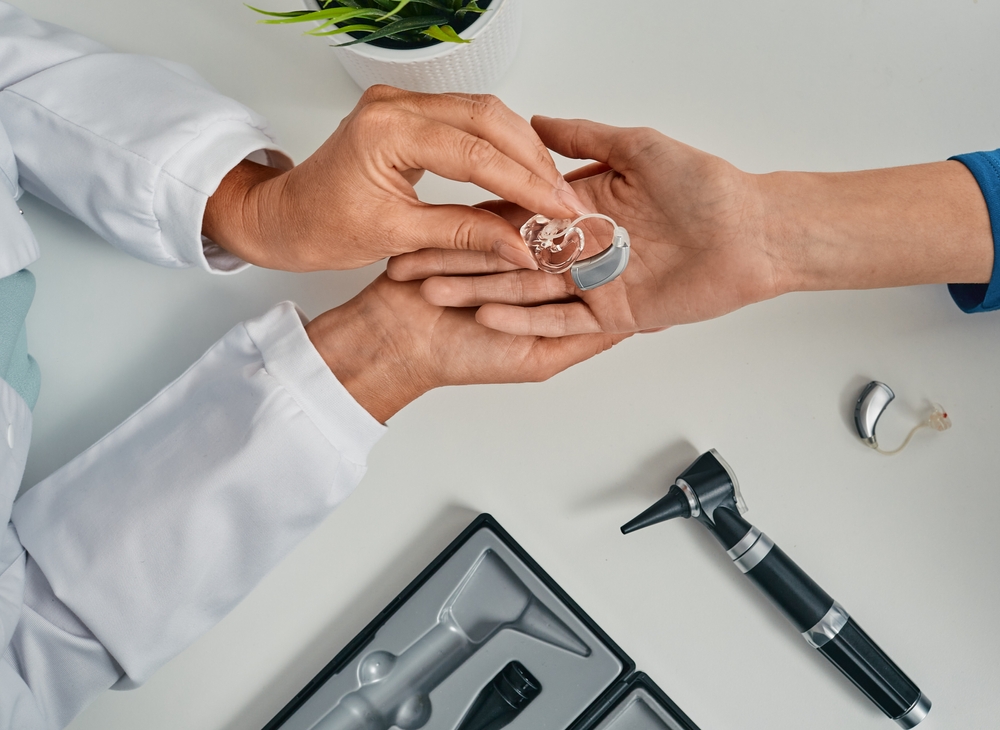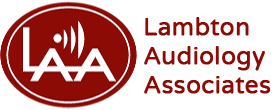
Hearing aids are essential for enhancing daily communication by improving the clarity of sound. For ideal performance, it’s crucial to schedule periodic upkeep and periodic professional cleaning sessions. As an outcome of prolonged use, an accumulation of earwax, moisture, and other particles can happen, causing functionality to decline. Identifying when to seek professional servicing can help extend the lifespan of your hearing aids and maintain optimal performance.
The importance of professional hearing aid cleaning
Even with consistent at-home care, hearing aids gradually collect accumulation that might impact sound quality and performance. Routine upkeep provides numerous advantages:
- Deep Cleaning– Eliminates earwax, dust, and moisture that everyday cleaning tools might not effectively remove.
- Improved efficiency – Gets rid of blockages that may result in muted audio or distortion.
- Increased Longevity – Helps to prevent early deterioration, thereby minimizing the need for repairs or replacements.
Having your hearing aids cleaned by a professional helps ensure they operate at their best, reducing the likelihood of sudden breakdowns.
Signals that your hearing aids need professional upkeep
If you’re unsure whether it’s time for an expert cleaning, watch for these common warning signs:
- Muted or Distorted Sound Quality: If voices and ambient sounds seem unclear, weak, or distorted, it might be due to wax or debris obstructing the microphone or speaker.
- Constant Feedback or Screeching: A squeaky noise at a high frequency (feedback) could suggest a blockage from earwax or a poorly device. A professional cleaning can help eliminate blockages and fine-tune the fit.
- Issues with Volume Control: If adjusting the volume doesn’t seem to have the intended effect, internal elements might require maintenance or software recalibration.
- Moisture-Related Breakdowns: Excessive moisture can damage internal components, leading to sporadic sound loss or broken buttons. A qualified expert can assess and resolve problems caused by moisture or water damage.
- Noticeable Wax or Gunk Build-up: If you see a considerable buildup of wax or debris on your hearing aids, professional cleaning ensures a more thorough clearing than at-home care.
- Utilize precision tools to eliminate wax, dirt, and moisture without harming fragile parts.
- Verify the proper performance by examining and repairing any broken components.
- Examine both software and hardware to pinpoint any performance problems that might be impacting the sound quality.
- Swap out any tubing or filters that might be impacting the performance of the device.
- Every 3 to 6 months for standard maintenance.
- More regular cleanings are recommended for individuals prone to excessive earwax accumulation or those living in humid environments.
- As soon as issues arise, dealing with modest problems early can prevent costly repairs.
What to expect during a professional hearing aid cleaning
A professional cleaning visit goes past standard upkeep and ensures your devices operate optimally. During the appointment, specialists will:
What is the suggested time frame for scheduling professional maintenance?
The regularity of professional cleanings depends on factors such as earwax production, moisture levels, and usage practices. Basic suggestions include:
Maintain your hearing aids for optimal performance
To keep your hearing aids working optimally and delivering crisp, clear audio, it’s crucial to schedule routine exams and maintenance with a hearing care professional.
If you’re experiencing muffled audio, feedback, or functionality issues, it might be time to schedule a professional cleaning.
Schedule your hearing aid cleaning and maintenance now.
